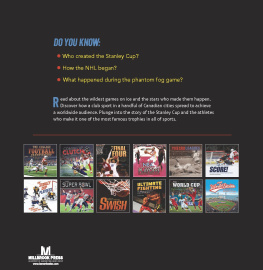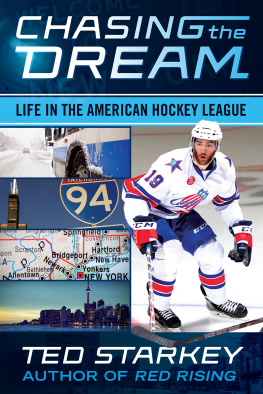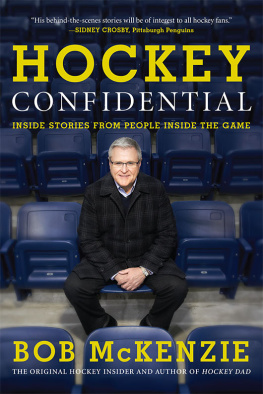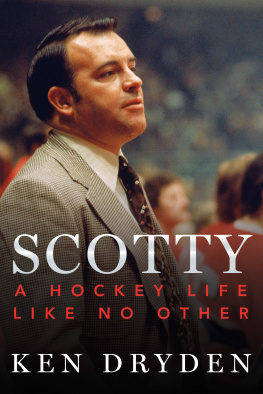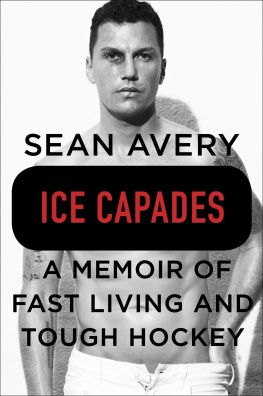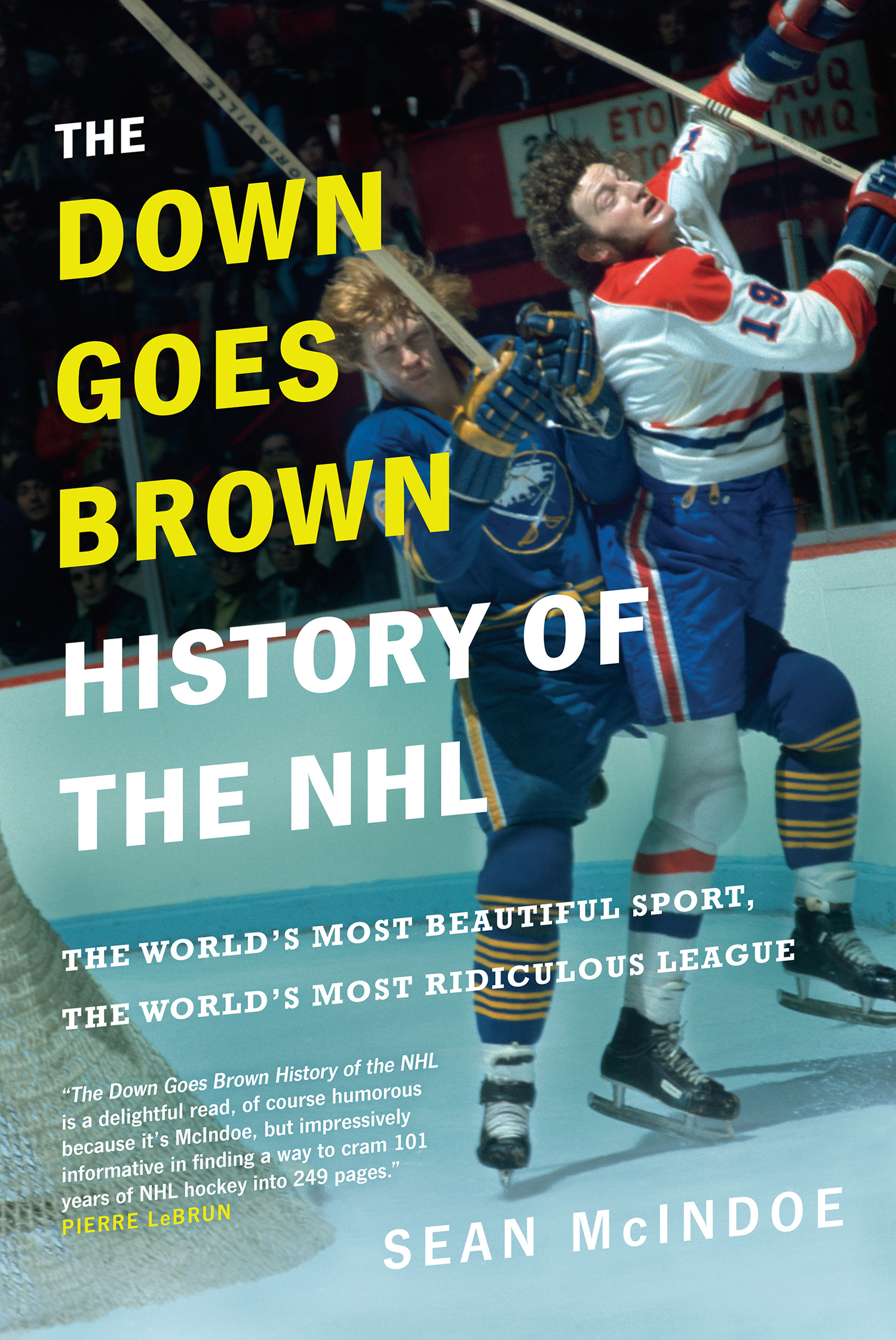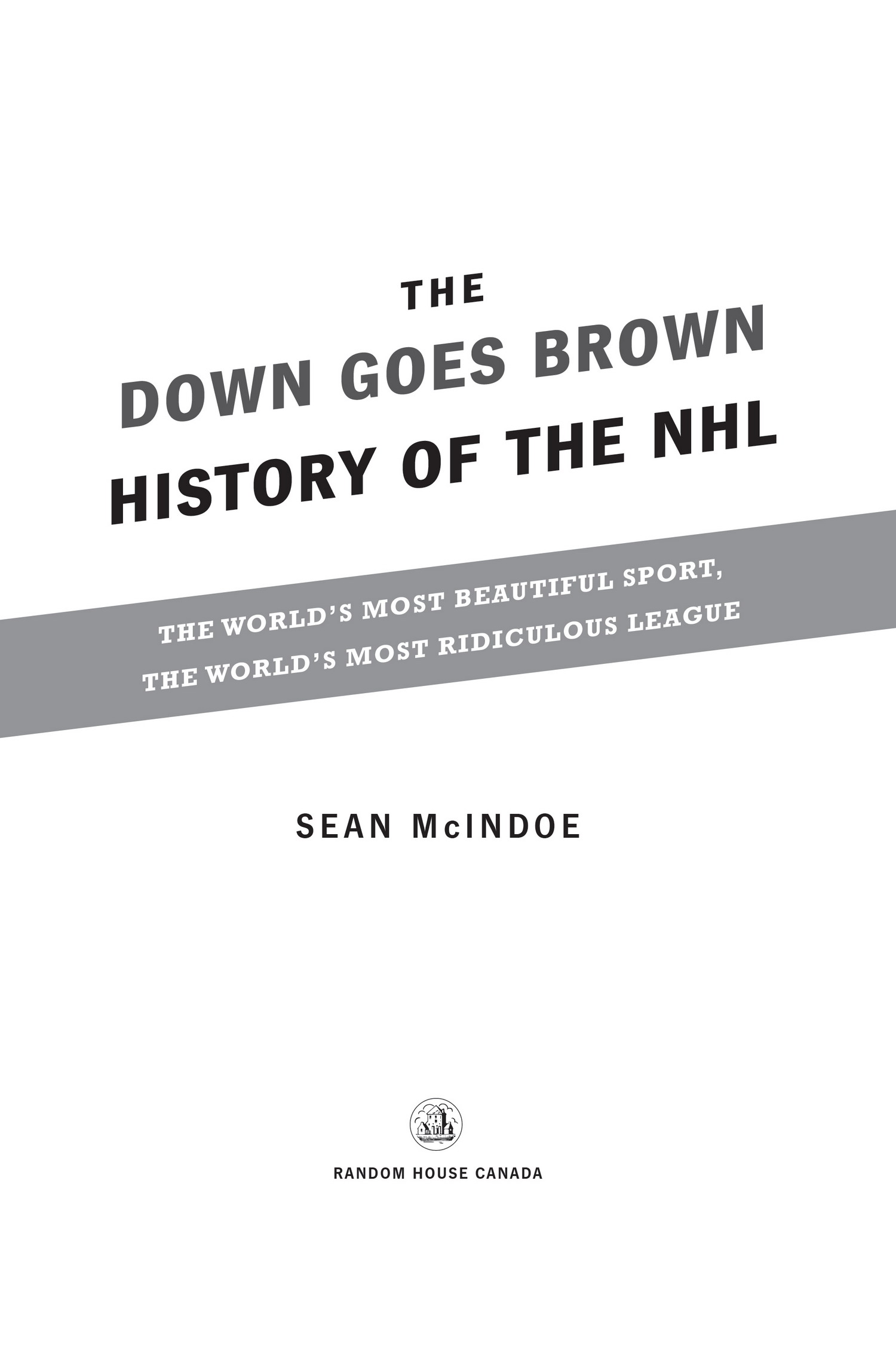All rights reserved under International and Pan-American Copyright 2008right Conventions. No part of this book may be reproduced in any form or by any electronic or mechanical means, including information storage and retrieval systems, without permission in writing from the publisher, except by a reviewer, who may quote brief passages in a review. Published in 2018 by Random House Canada, a division of Penguin Random House Canada Limited, Toronto. Distributed in Canada and the United States of America by Penguin Random House Canada Limited, Toronto.
Random House Canada and colophon are registered trademarks.
The Down goes Brown history of the NHL : the worlds most beautiful sport, the worlds most ridiculous league / Sean McIndoe.
Issued in print and electronic formats.
1. National Hockey LeagueHistory. I. Title.
INTRODUCTION
Its not just you. This league has always been a little bit off.
THE NHL IS A WEIRD LEAGUE.
Every hockey fan has had this thought. One moment, youre in awe of the speed, skill and intensity that define the sport, shaking your head as a player makes an impossible play, shatters a record or sobs into his first Stanley Cup. The next, everyones wearing earmuffs, Mr. Rogers has shown up and guys in yellow raincoats are officiating playoff games.
Thats just life in the NHL, a league that cant seem to get out of its own way.
No matter how long youve been a hockey fan, youve known the sinking feeling that maybe, just maybe, some of the people in charge here dont always know what theyre doing. And at some point, youve probably wondered: Was it always like this?
The short answer is yes.
As for the longer answer, thats this book.
I was born in Australia and lived in California until I was almost five, so when it came to being a hockey fan, I had some catching up to do. Once I arrived in Canada it didnt take me long to fall in love with the game, and by the time the Islanders dynasty was giving way to Wayne Gretzky and the Oilers, I was hooked. I dove into the games history, reading anything I could get my hands on and listening to older fans tell the stories of the legends who had come before my time.
But there was another half of the fan experience, and it was one I didnt often see reflected in the reference books I signed out of the school library. This part came in bits and pieces, from throwaway lines in Sunday columns and rambling stories from late-night sports radio callers and offhand anecdotes by colour commentators late in blowouts. And it seemed to send a clear message: The games history was filled with epic stories of dramatic moments and heroic performances, to be sure. But there was also plenty of weird stuff that happened in between.
Once I hit my forties and was able to make a career out of writing about hockey, thats the kind of stuff I made sure to mention. To this day, Ill drop in a passing reference to some strange moment or circumstance and find that readers often have no idea what Im talking about. Some assume Im joking; others accuse me of making stuff up. Im not. The NHL has featured so many weird side notes over the years that the story doesnt feel complete without them.
Thats where this book comes in. The idea here is to trace the history of the NHL from its earliest days as a four-team organization (that almost immediately shrank to three when an arena fire left one team homeless) to its current iteration as a multibillion-dollar monstrosity. Well look at the story from a fans perspectivefrom yours and mineand cover the best, the worst and (especially) the downright odd. This book is about the moments that brought you out of your seat, but also the ones that left you just shaking your head. Because Lord knows, the NHL has given us plenty of both.
To tell that tale, well have to go back to the start, more than a century ago.
IN THE BEGINNING
Lets all start a hockey leaguebut not with that guy
OUR STORY BEGINS THE WAY ALL THE TRULY GREAT ONES do: with a bunch of guys sitting around trying to figure out how to ditch the loser in the group that nobody likes.
By 1917, the year the NHL was born, there had already been several attempts to form professional ice hockey leagues in North America, with varying degrees of success. The Western Pennsylvania Hockey League had become the first to pay some of its players, in 1902, and soon it morphed into the International Professional Hockey League, the sports first fully professional circuit. The IPHL didnt last long, running from 1904 to 1907, but it spawned plenty of imitators.
In those early years, the Eastern Canada Amateur Hockey Association had emerged as the sports most successful league. Success in those days was relative, and like most of the eras leagues, the ECAHA struggled through financial challenges and team instability. The league lasted four seasons, until 1909, when a dispute broke out involving its most successful franchise.
The Montreal Wanderers had won three ECAHA titles, but new owner P.J. Doran announced his intention to move them to the Jubilee, a smaller rink that he also happened to own. The other owners objected, and the infighting led to them forming a new league, called the Canadian Hockey Association, without Doran or his team.
Needless to say, this didnt sit especially well with the Wanderers. In response, they formed their own league to compete with the CHA. Jimmy Gardner, the Wanderers former star player and soon-to-be coach, approached an industrialist named Ambrose OBrien, whose application to join the CHA with a team in Renfrew, Ontario, had been rejected. The two quickly put together a rival league, named it the National Hockey Association, and granted four franchises at their initial meeting on December 2, 1909.
Days later, the fledgling NHA and CHA both held organizing meetings at the Windsor Hotel in Montreal. Merger overtures were made, but the CHA rejected any such talk. That turned out to be a mistake. Within weeks, the CHA folded and two of its franchises were absorbed by the NHA. The new league, now featuring seven teams, began play in January. Over the next five years, despite the challenge of a world war and competition from the rival Pacific Coast Hockey Association, the NHA was able to establish itself as hockeys premier league, featuring franchises that would later become the Ottawa Senators and Montreal Canadiens. But by 1915, the fledgling league had a problem, and its name was Eddie Livingstone.
Livingstone came to own both of the leagues Toronto teams, the Blueshirts and the Ontarios, the latter of which would later be renamed the Shamrocks. The rest of the NHAs owners didnt like the idea of both Toronto franchises being owned by the same man, let alone one as prickly as Livingstone. As DArcy Jenish describes him in his excellent 2013 book


